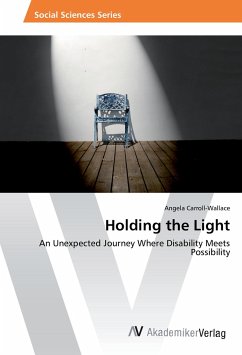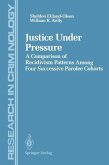Revision with unchanged content. Sedentary behavior in the United States has reached epidemic proportions, despite the overwhelming evidence that physical activity can prevent or decrease the severity of disease, and can contribute to an enhanced quality of life. Inactivity is common across all age groups, but older adults, who have the most to benefit from regular physical activity, are the least active. Only one in four adults over the age of 65 participate in regular physical activity. Another important age group to consider is those aged 55 64, not only because they represent the next generation of older adults, but they too report high levels of inactivity. It has been projected that by the year 2030, the number of older adults 65 and over will reach 70 million in the United States. Persons over 85-years old represent the fastest growing population segment. An increase in exercise behaviors is also cost effective. Sedentary behavior nearly doubles the risk of heart disease, and it is estimated that $6.4 billion per year would be saved if all sedentary people in the United States began a program of regular walking. Therefore, it is imperative to understand the reasons for low participation in regular physical activity among both the current older adult and upcoming older adult populations.
Hinweis: Dieser Artikel kann nur an eine deutsche Lieferadresse ausgeliefert werden.
Hinweis: Dieser Artikel kann nur an eine deutsche Lieferadresse ausgeliefert werden.








